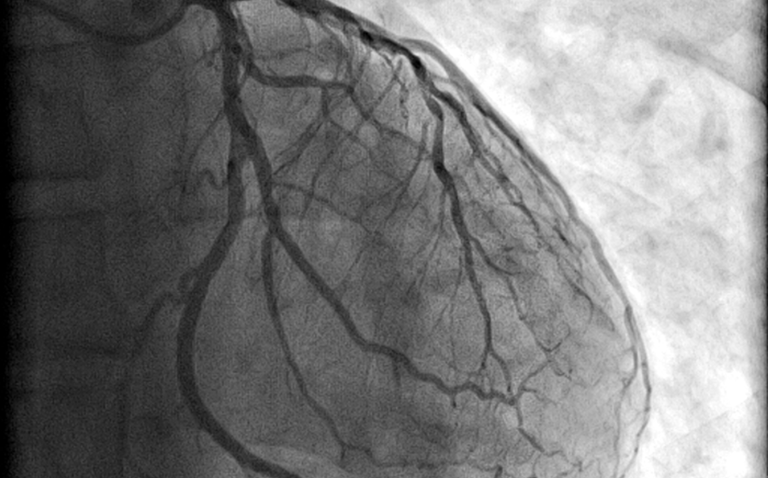An AI read chest radiograph can be used to predict the presence of severe coronary artery disease and is superior to accepted risk scores.
An AI read chest radiograph can be used to identify patients with severe coronary artery disease who have been referred with suspected angina according to the results of a study by German researchers.
Globally, cardiovascular diseases are the leading cause of death resulting in an estimated 17.9 million lives lost every year. The first step in assessing a patient with suspected stable coronary artery disease (CAD) is to determine the pre-test probability and there are several risk scores available including the Diamond-Forrester score, the CAD Consortium clinical score and CONFIRM risk score.
However, the development of artificial intelligence (AI) systems and their use with cardiovascular imaging, is likely to better characterise disease and personalise therapy. This potential made the German researchers re-think about how simple first-line diagnostic tools such as a radiograph might benefit from incorporation of an AI system.
They set out to explore whether an AI read chest radiograph might be of value for the detection of significant coronary artery disease (CAD).
The researchers retrospectively considered patients referred to hospital with suspected angina and who underwent coronary angiography and had a chest radiograph. They included only those patients who had posteroanterior (with the patient standing) and anteroposterior (patient sitting) chest radiographs simply because lateral radiographs were not used in all patients.
The team used a deep convolutional neural network (DCNN) which was trained to detect significant CAD based on invasive coronary angiography reports. They DCNN had a binary classification, i.e., severe CAD was either absent or present and the model was trained and validated on patients referred for angiography.
The performance of the model was assessed based on the area under the receiver operating characteristics curve (AUC) and the associated sensitivity and specificity.
AI read chest radiographs and coronary artery disease
A total of 7728 participants with a mean age of 74 years (70.3% male) were included in the retrospective analysis and of whom, 53% had severe CAD confirmed by invasive angiography.
The AI chest read model had an AUC of 0.73 (95% CI 0.69 – 0.76) and a sensitivity of 90% and a specificity of 31%. Adding the patient’s angina status improved the predictive power of the model for the detection of severe CAD (AUC = 0.77). Moreover, addition of the Diamond Forrester score also improved the predictive power to a similar level (AUC = 0.76).
Using logistic regression, the DCNN prediction was the strongest and independent determinant of severe CAD (odds ratio, OR = 1.04, 95% CI 1.03 – 1.04, p < 0.001).
The authors concluded that an AI-read chest radiograph could be used to determine the pre-test probability of significant CAD in patients referred for suspected angina and called for future studies to externally validate the algorithm to develop a clinically applicable tool, that could support CAD screening in broader settings.
Citation
D’Ancona G et al. Deep learning to detect significant coronary artery disease from plain chest radiographs AI4CAD. Int J Cardiol 2022.










